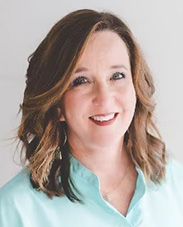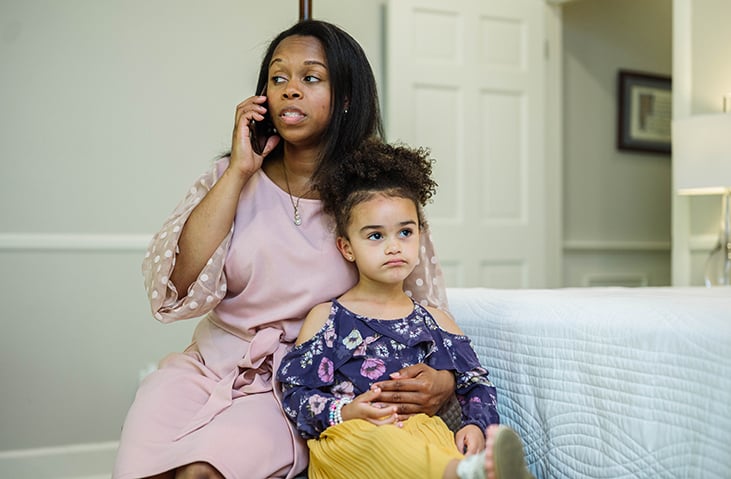

Feb 15 2022
Show Me the Money


Summary
For people with low vision, money has become easier to identify over the years. The numbers are now larger and more easily recognizable.
When it comes to identifying money, here are some strategies I teach my low vision patients.
For people with low vision, money has become easier to identify over the years. The numbers are now larger and more easily recognizable.
Some of the older currency still in circulation may be difficult for a person with vision loss to identify.
One free resource that may help is the iBill, which you can apply for through the Bureau of Engraving and Printing. Simply slide the bill through a slot on the machine, press a button on the top and it states the currency’s value.
The iBill device is free to those who qualify. If you are enrolled in the free digital talking book program through your state, you automatically qualify. If not, an eye care professional, physician or occupational therapist can complete the application for you at your request.
When it comes to identifying money, here are some strategies I teach my patients:
• Fold your money in different ways. Low currency like a $1 bill can be left flat, $5 can be folded in half, $10 can be folded in half longways, and a $20 can be folded like the $10 but once more.
• Keep the different denominations in separate portions of your wallet. You also can get a wallet that is divided specifically for this purpose.
• If you have several bills, put the highest currency on the top and the rest in descending order, then fold the entire pile.
• When handling coins, you can identify the denomination by the ridges or lack of ridges on the side. Quarters and dimes have ridges. Nickels and pennies are smooth on the side.
If you believe that low vision rehabilitation would help you make the most of your remaining sight, ask your physician or eye care specialist for a referral.


Cheri Harbour, MS, OTR/L, SCLV
Cheri Harbour, MS, OTR/L, SCLV, is an occupational therapist who provides Low Vision Rehabilitation at the North Mississippi Medical Center Retina Center in Tupelo. Cheri holds a master’s degree in occupational therapy and a graduate certificate in low vision from the University of Alabama in Birmingham. In 2014, she received her specialty certification in low vision rehabilitation from the American Association of Occupational Therapy—making her one of only two occupational therapists in Mississippi with this certification. Cheri sees patients by referral from their eye care or health care provider.

Subscribe to Our Newsletter
Like this content and want to get more? Sign up for True North, the health and wellness newsletter from North Mississippi Health Services!

Subscribe to Our Newsletter
Like this content and want to get more? Sign up for True North, the health and wellness newsletter from North Mississippi Health Services!

Nurse Link®
Not sure if you need Urgent Care or the ER? Call 1-800-882-6274 anytime to speak directly to a registered nurse and get immediate answers. Using computerized medical protocols, nurses direct callers to the most appropriate treatment. Our nurses are available 24 hours per day, seven days per week.